Developing dynamic apps that react to consumer interactions and record adjustments is essential in web improvement. The MERN stack, which include the use of MongoDB, Express.Js, React, and Node.Js, is one of the maximum used stacks for undertaking this. This significant guide will explore the essential ideas and methods for developing dynamic web apps making use of the MERN stack.
Understanding the MERN Stack:
- The MERN stack comprises four key technologies:
- MongoDB: A NoSQL database that uses adaptable documents that resemble JSON to save records.
- Js: A Node.Js internet utility framework that makes server-facet development and routing easier.
- React: A JavaScript person interface library famous for its digital DOM and issue-based totally layout.
- Js: A JavaScript runtime environment that executes server-facet code, allowing the development of scalable and speedy network applications.
Setting Up the Development Environment:
Before diving into development, putting in a conducive environment for constructing MERN stack packages is essential. This normally includes installing the important dependencies, which include Node.Js and MongoDB, and configuring the improvement environment to make certain seamless integration between the numerous additives. Additionally, developers might also pick out to leverage tools like npm (Node Package Manager) or yarn to control challenge dependencies and streamline the improvement workflow.
Creating a RESTful API with Express.Js and Node.Js:
RESTful APIs are critical in modern internet applications, supporting the customer-aspect and server-side additives to communicate with each other. With Express.Js and Node.Js, builders can quickly create RESTful endpoints to handle CRUD (Create, Read, Update, Delete) operations on records stored in MongoDB. Express.Js affords a lightweight and bendy framework for outlining routes, middleware, and request handlers, whilst Node.Js offers a non-blockading, occasion-driven architecture that permits scalable and performant server-side development.
Building a Front-end with React:
The Front End performs a pivotal function in shaping the user revel in of web applications. With React, builders can create dynamic, interactive user interfaces that react immediately to a person’s input. React’s element-based total structure encourages modularity and reusability, permitting developers to compose complicated UIs from smaller, self-contained additives. React’s digital DOM also reconciles changes efficiently, minimising useless re-renders and optimising performance.
Integrating React with Express.Js:
The front-end React application needs to be included with the lower back-give-up Express.Js API to provide seamless consumer enjoyment. This entails setting up communication channels among the consumer and server, permitting facts exchange and interaction. One unusual method is to use HTTP requests to fetch statistics from the server and update the UI dynamically. Additionally, developers may additionally leverage libraries like Axios or fetch API to make asynchronous requests from the purchaser-facet code to the server-facet endpoints. Furthermore, configuring CORS (Cross-Origin Resource Sharing) enables move-beginning requests, allowing the front-cease and returned-cease to talk securely across exclusive domain names.
Implementing Authentication and Authorisation:
Securing internet programs is paramount to protect sensitive records and prevent unauthorised entry. Implementing strong authentication and authorisation structures is critical for guaranteeing the integrity and security of consumer records in mild of the boom in cyber threats and record breaches. In the context of MERN stack programs, builders can enforce consumer authentication using enterprise-popular protocols like JWT (JSON Web Tokens) or OAuth, enabling secure authentication with no need consultation management. Furthermore, utilising password hashing techniques, which includes Bcrypt, ensures the secure storage of a person’s credentials and their defence towards brute-pressure assaults.
Real-Time Communication with WebSockets:
While traditional HTTP-primarily based verbal exchange suffices for many use instances, it has to capture real-time interactions and updates. WebSockets facilitate actual-time facts sharing and event-driven interactions by using providing a bidirectional, complete-duplex communique channel between the consumer and server. By imposing WebSocket functionality in MERN stack applications, builders can create immersive and engaging user experiences, such as real-time chat packages, collaborative modifying gear, or live dashboards.
Testing and Debugging:
Robust checking out is crucial for ensuring web software reliability, performance, and security. By imposing a radical testing plan, builders can find and connect problems early in the development lifecycle, reducing the probability of bugs and regressions in production. Developers can use unit assessments, integration assessments, and quit-to-end checks together with MERN stack applications to verify the functioning of front-quit and again-end additives. Tools like Jest, Mocha, and Chai facilitate test-pushed improvement (TDD) and offer frameworks for writing and executing assessments efficiently.
Deployment and Scalability:
Deploying MERN stack packages involves configuring servers, coping with dependencies, and optimising performance for manufacturing environments. Developers need to not forget elements like scalability, reliability, and fee effectiveness when deploying to conventional website hosting services, cloud structures, or containerised environments. Containerisation technologies like Docker offer a lightweight and transportable solution for packaging and deploying programs across distinct environments, whilst orchestration systems like Kubernetes simplify the management of containerised workloads at scale.
Conclusion:
Mastering dynamic web application development with the MERN stack opens up a wide possibility for developers, empowering them to build scalable, responsive, and function-rich programs. By harnessing the power of MongoDB, Express.Js, React, and Node.Js, developers can create immersive user experiences that captivate and have interaction users across diverse industries and domains.
Techmindz offers the support and mentorship needed to excel in MERN stack development. With Techmindz, developers can attain their greatest capability and master growing dynamic web programs that stand out in these days’s cutthroat marketplace.
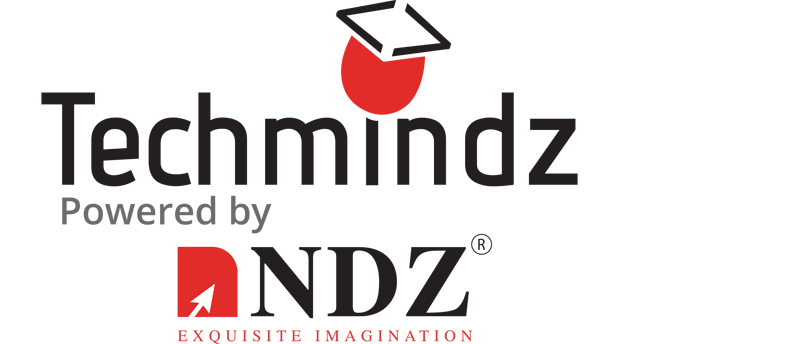
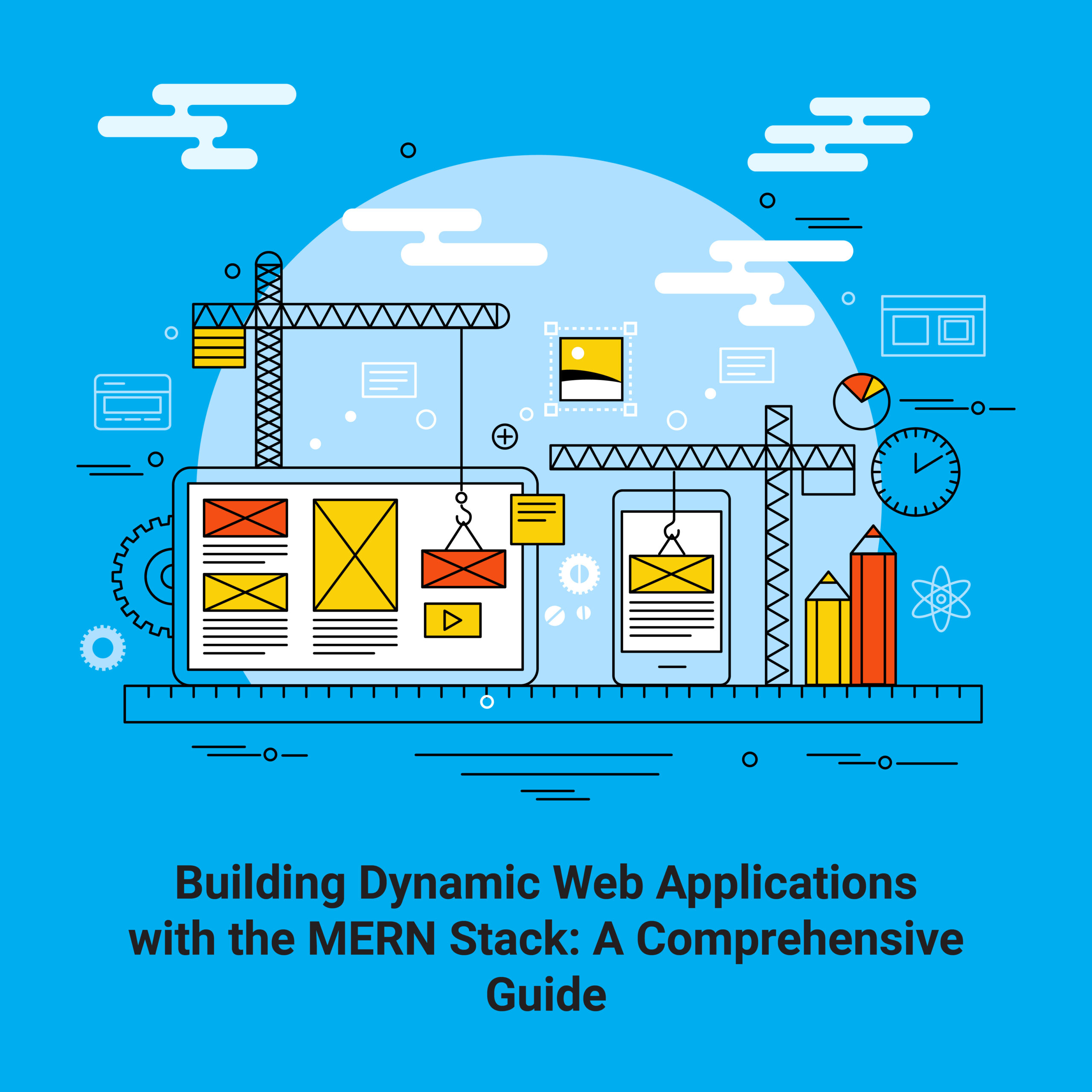
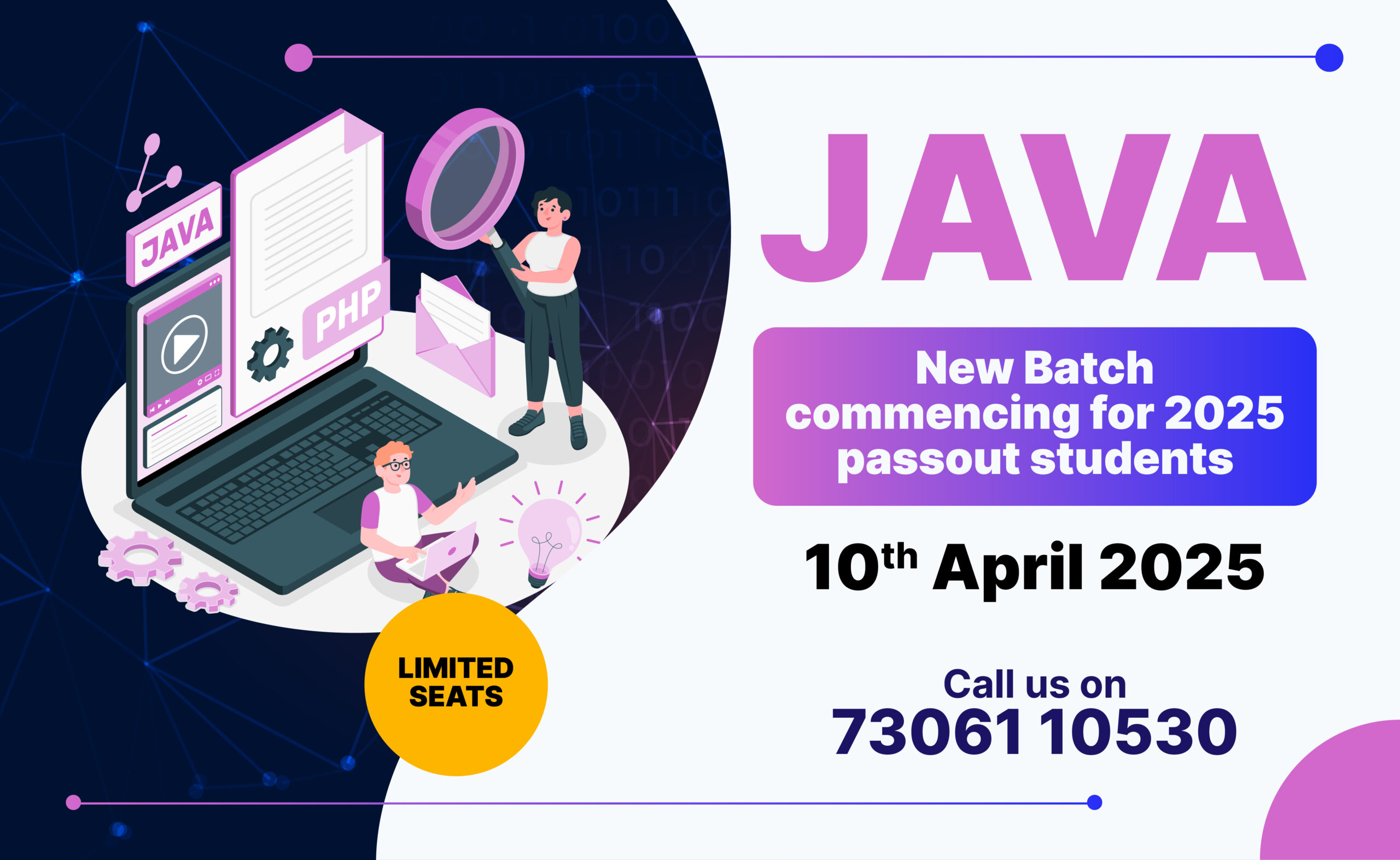
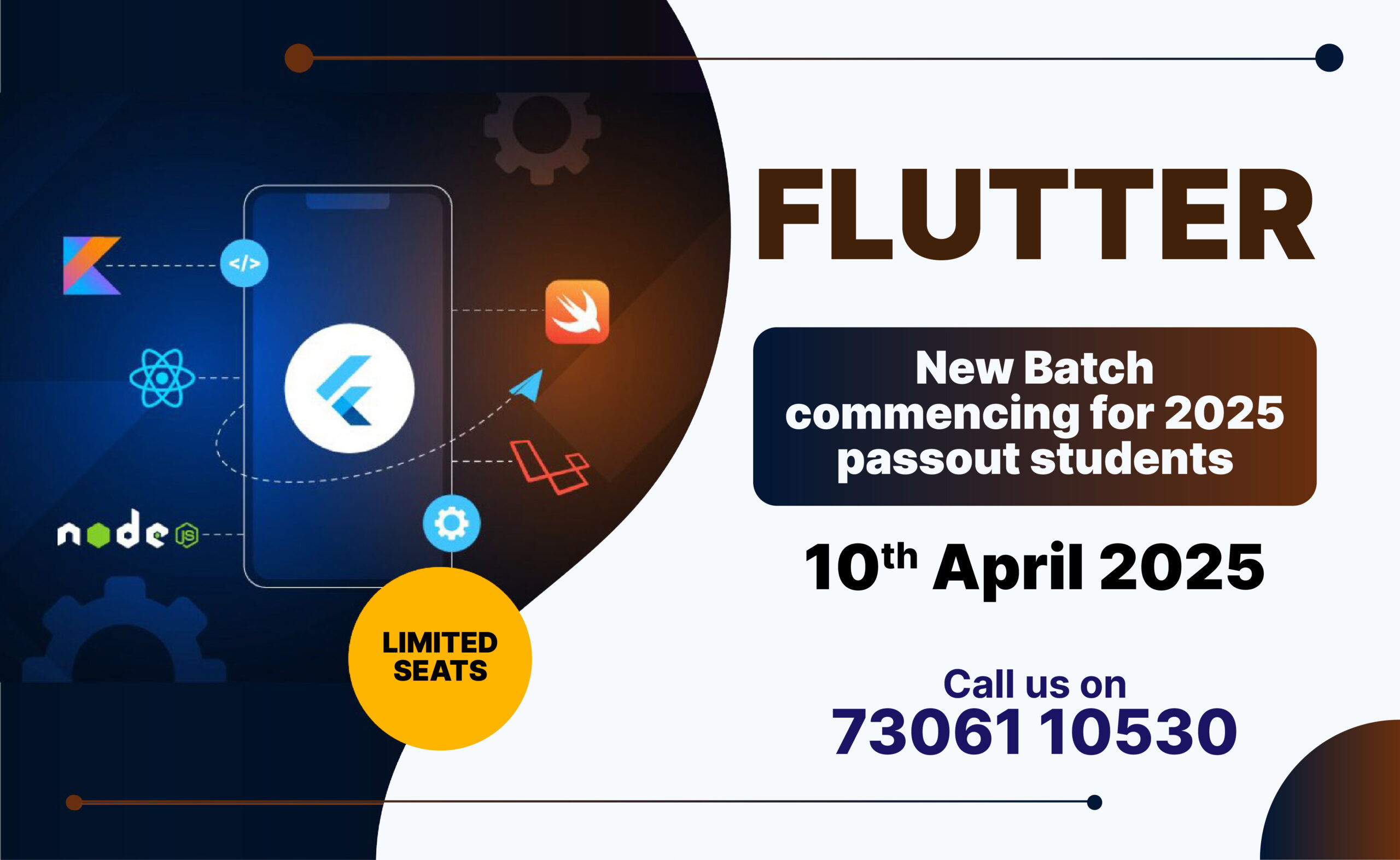
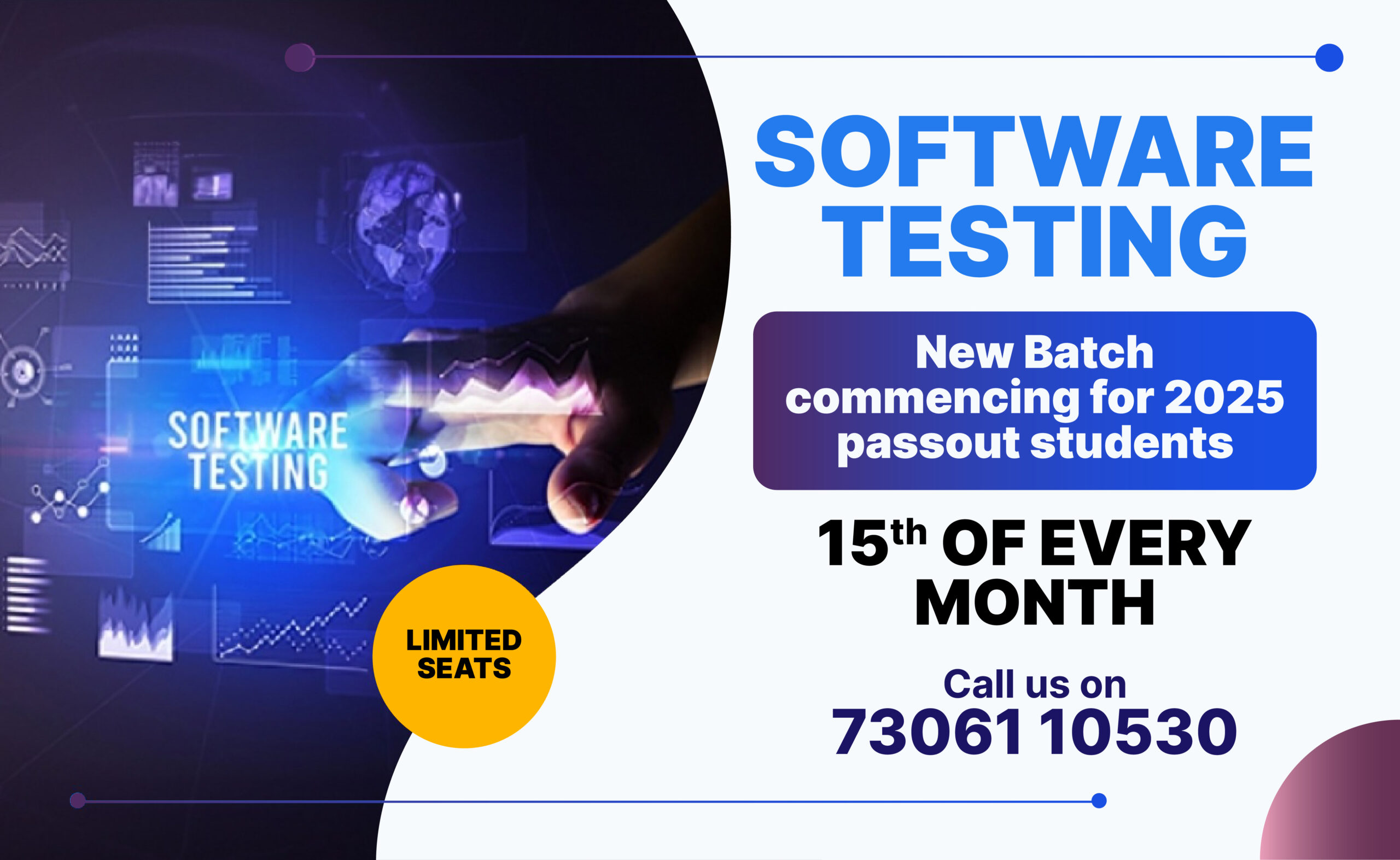
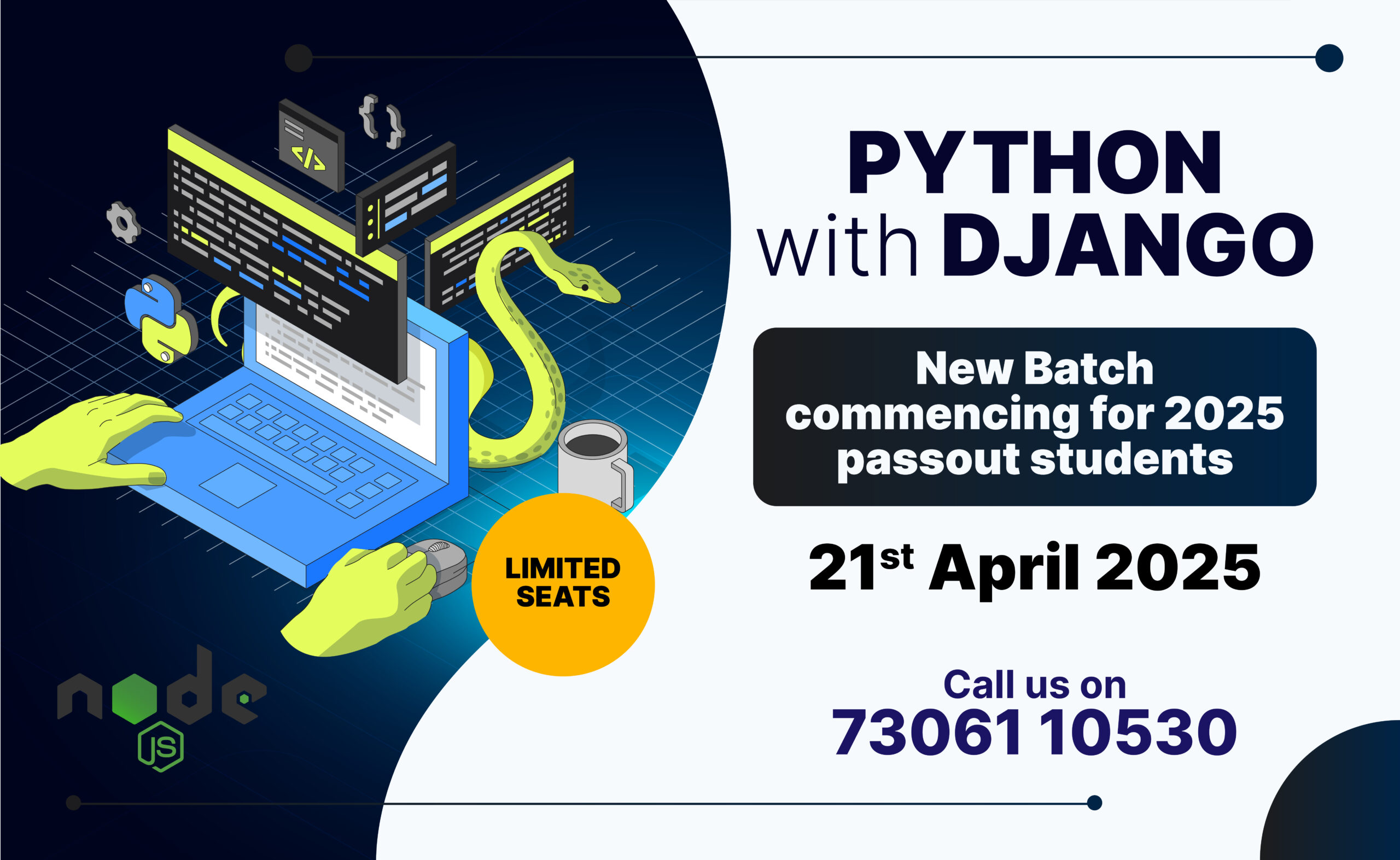
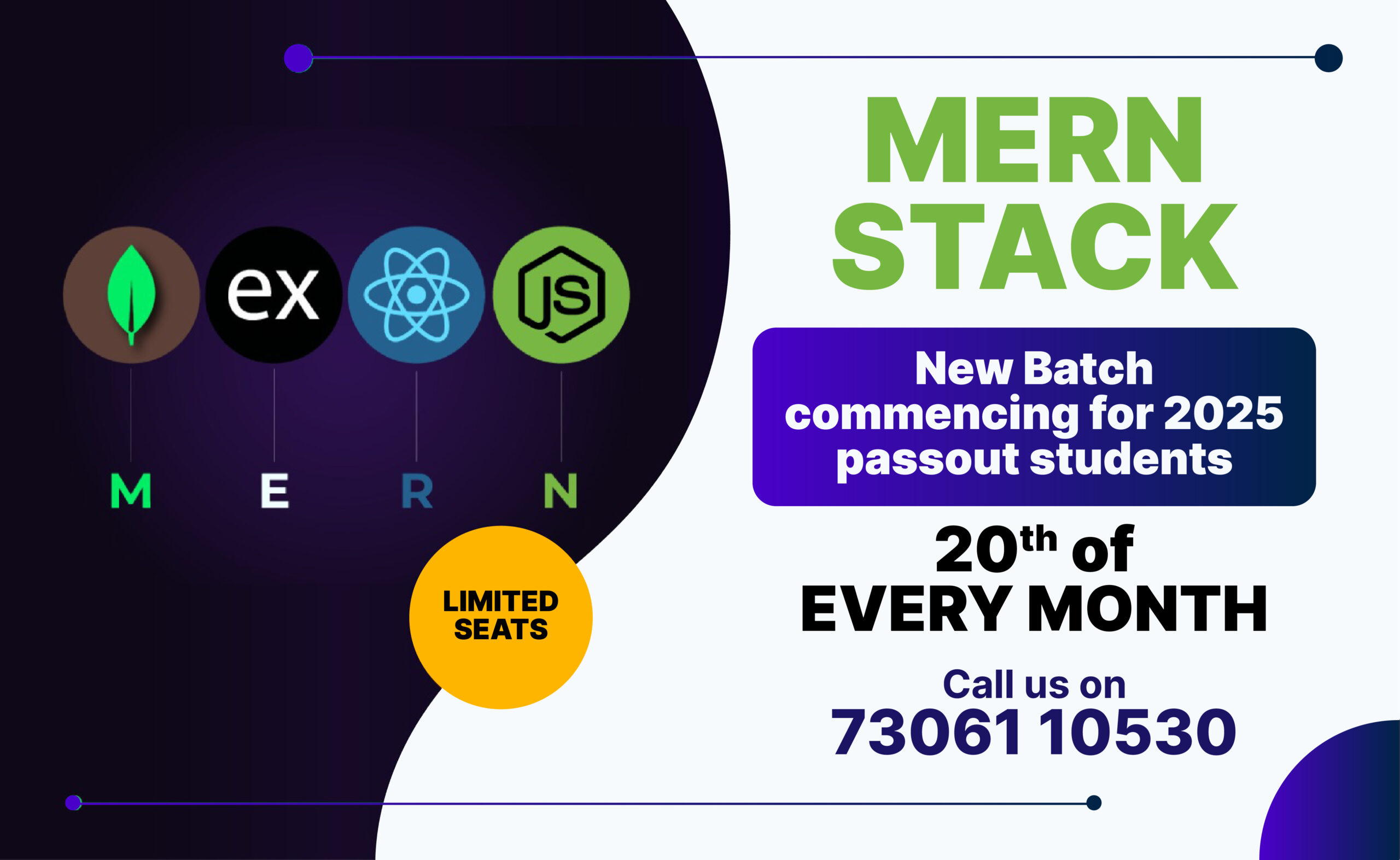
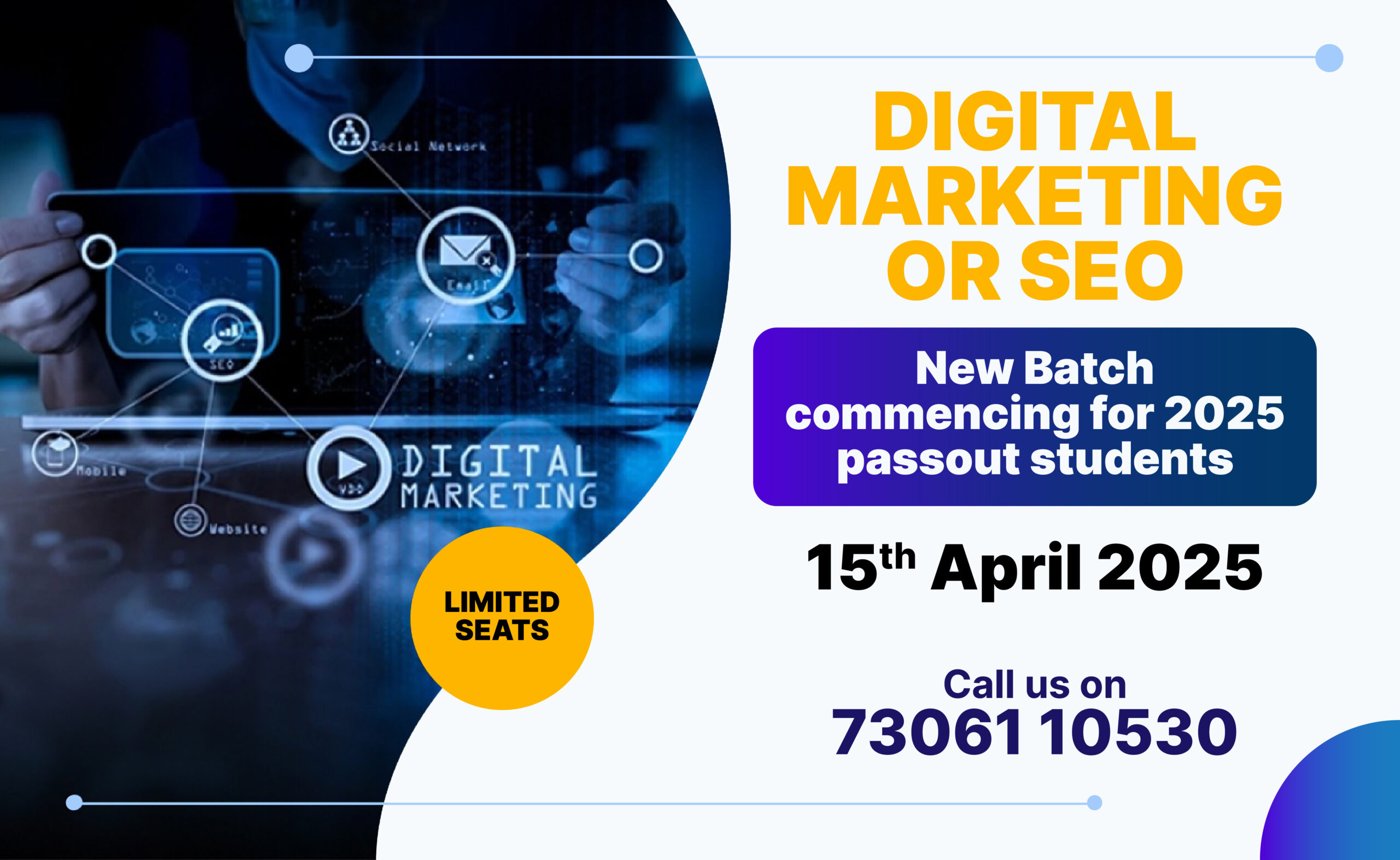
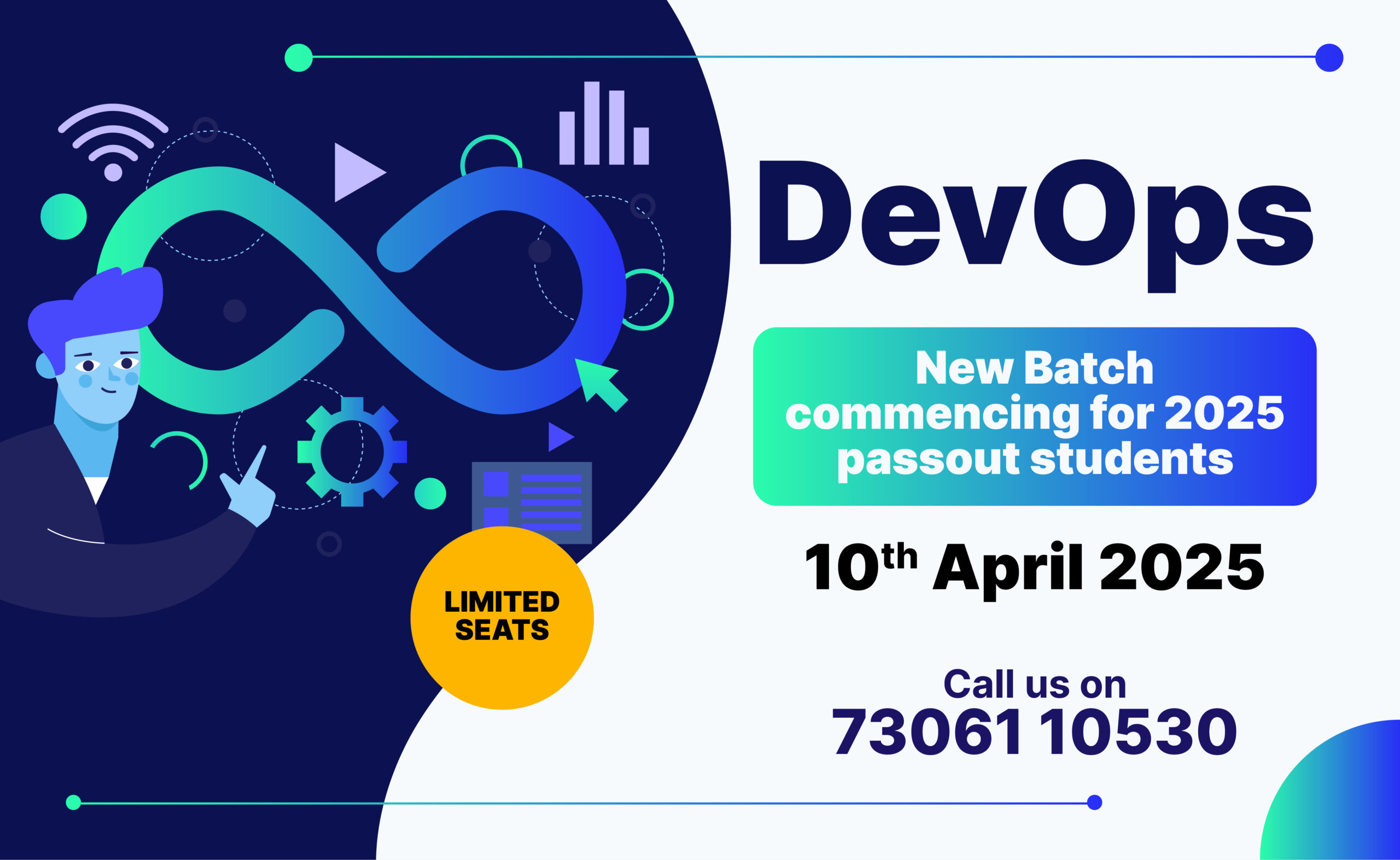

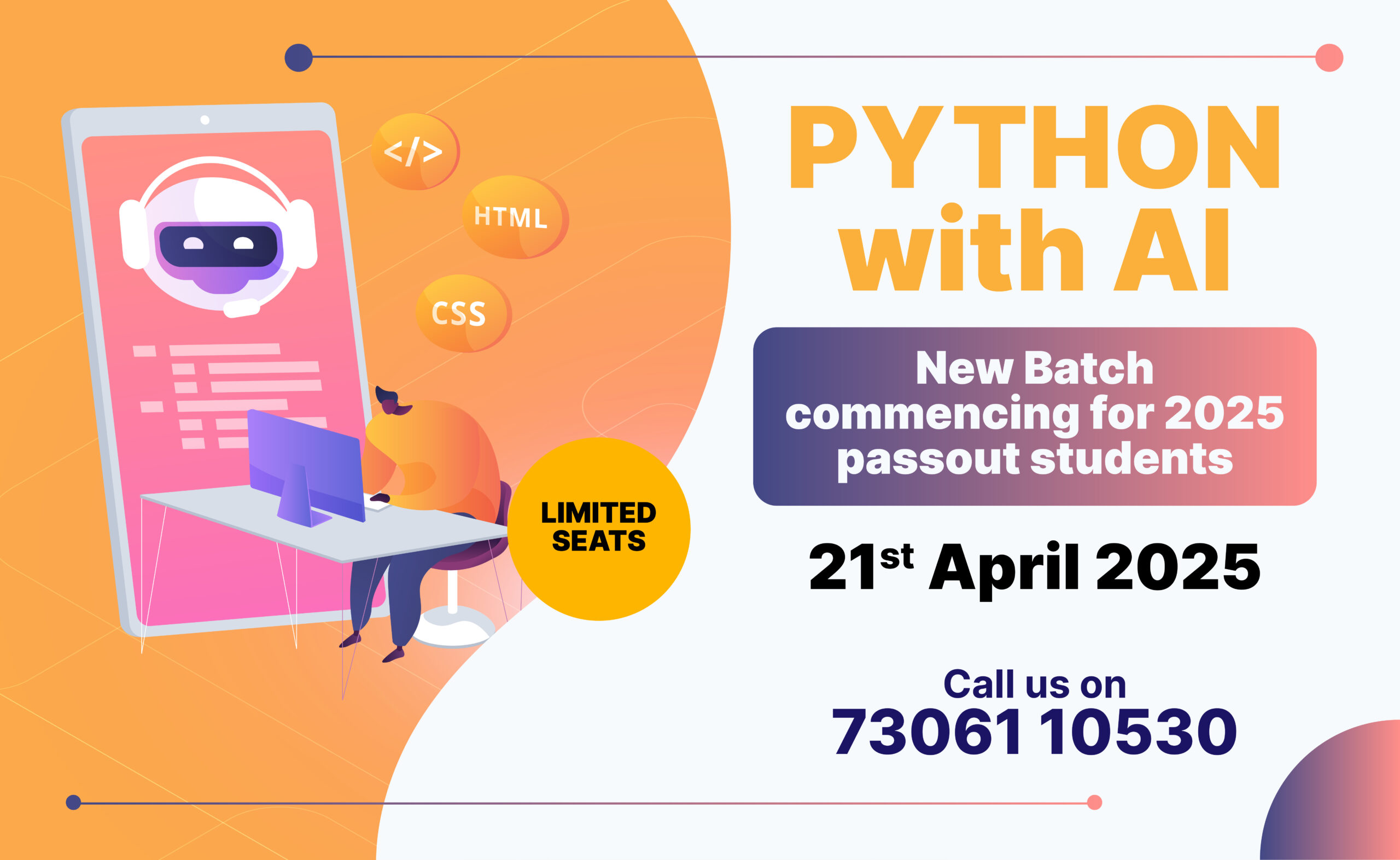
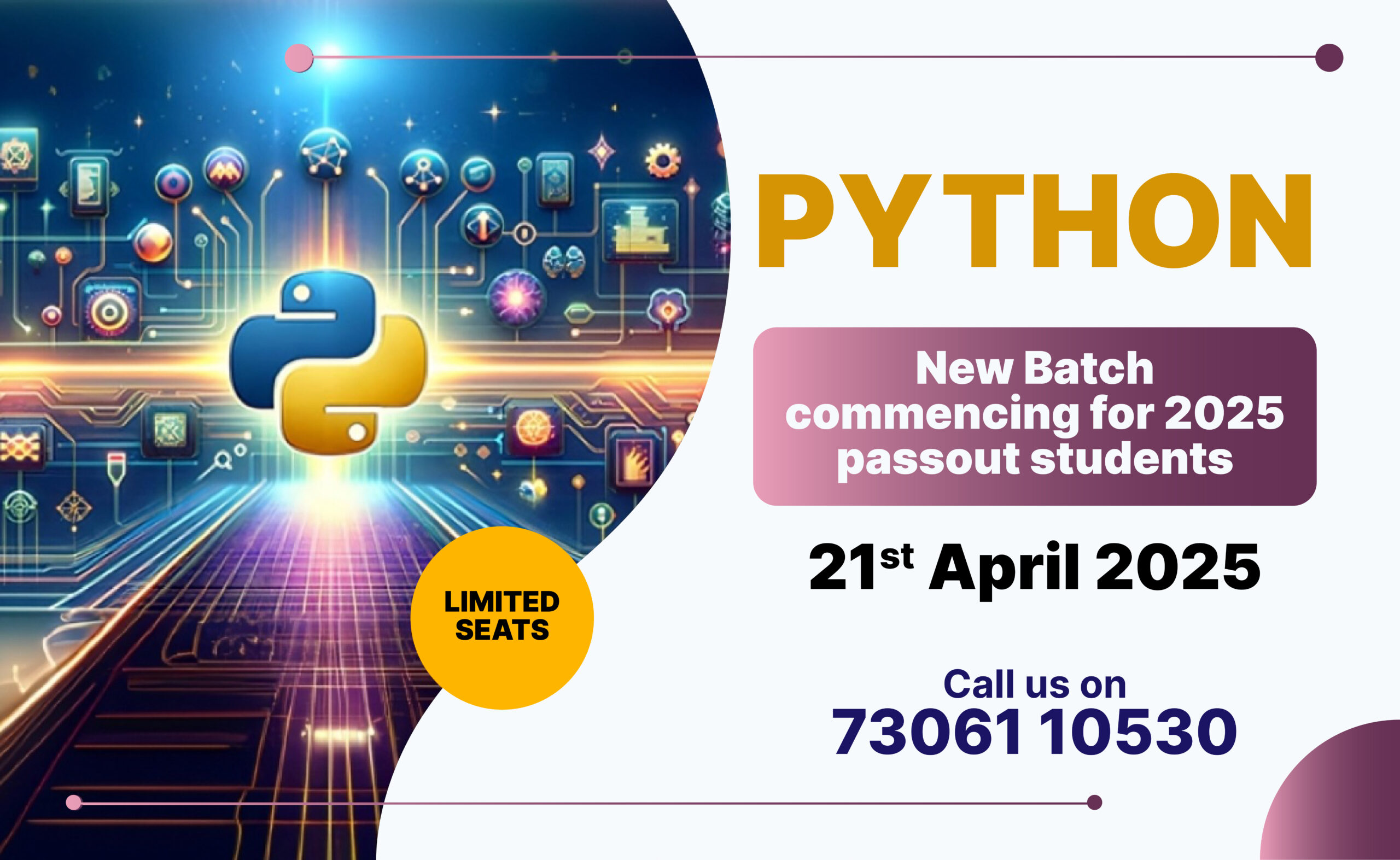
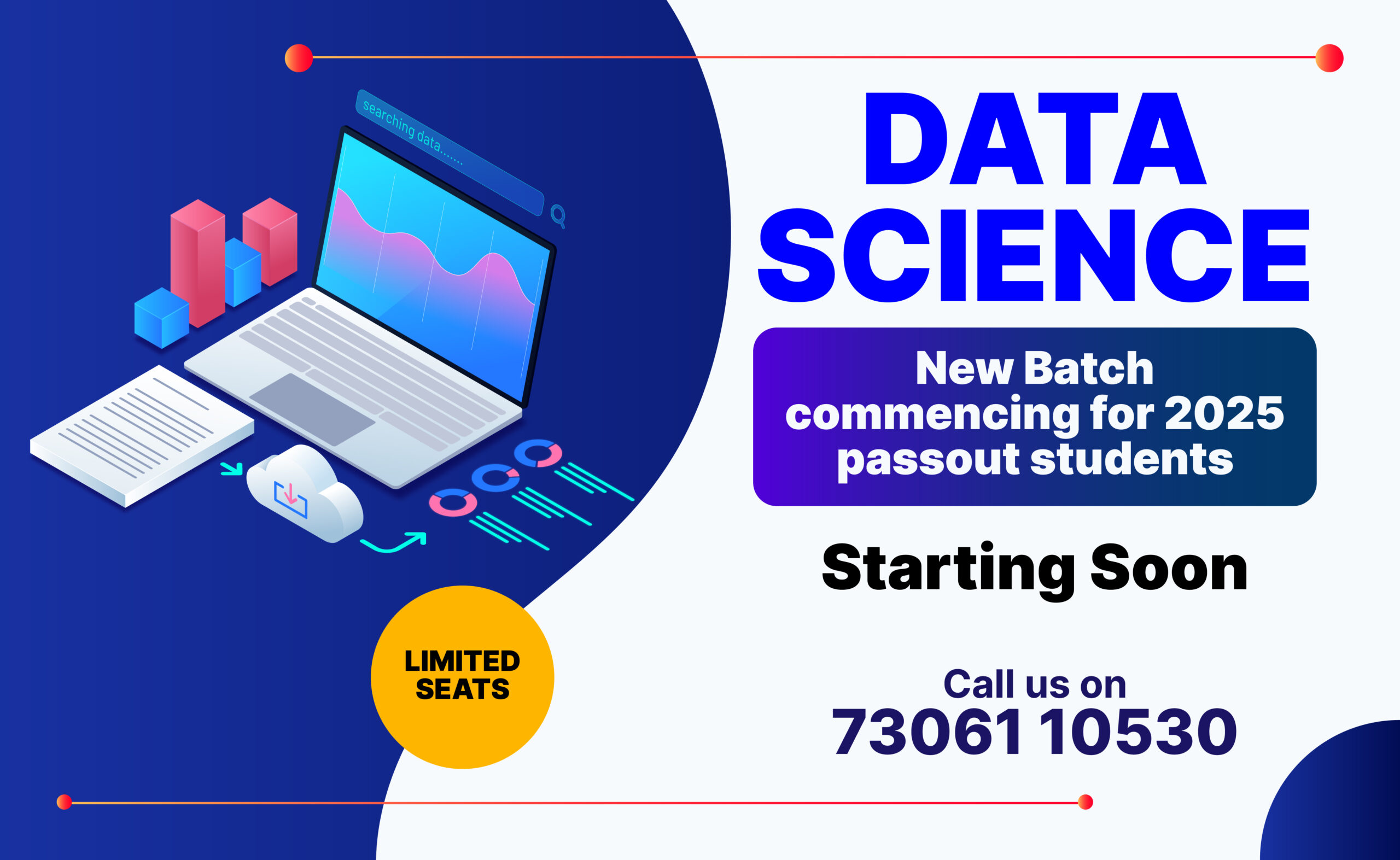

0 Comments